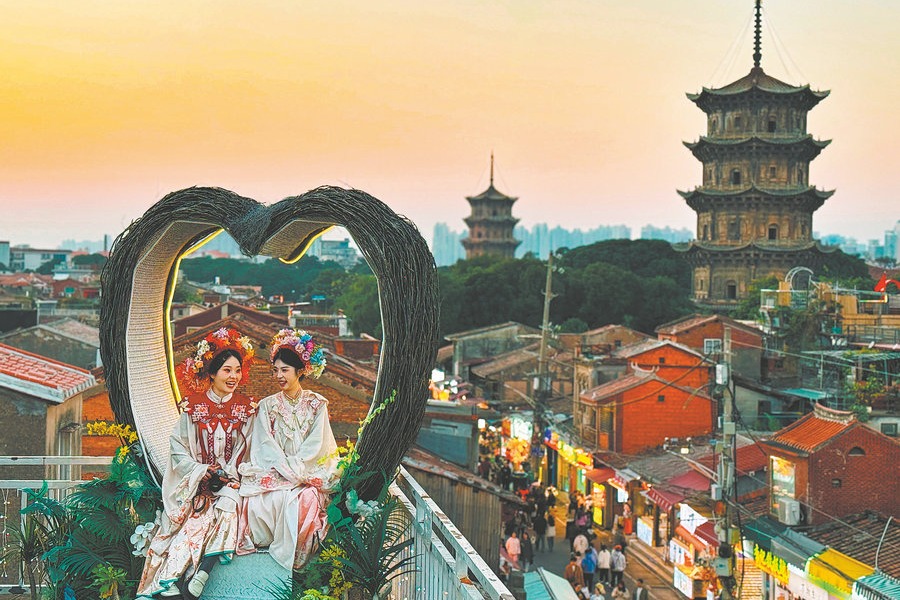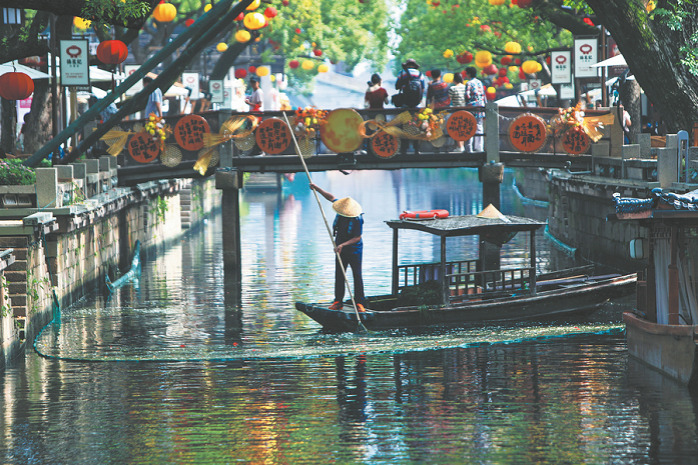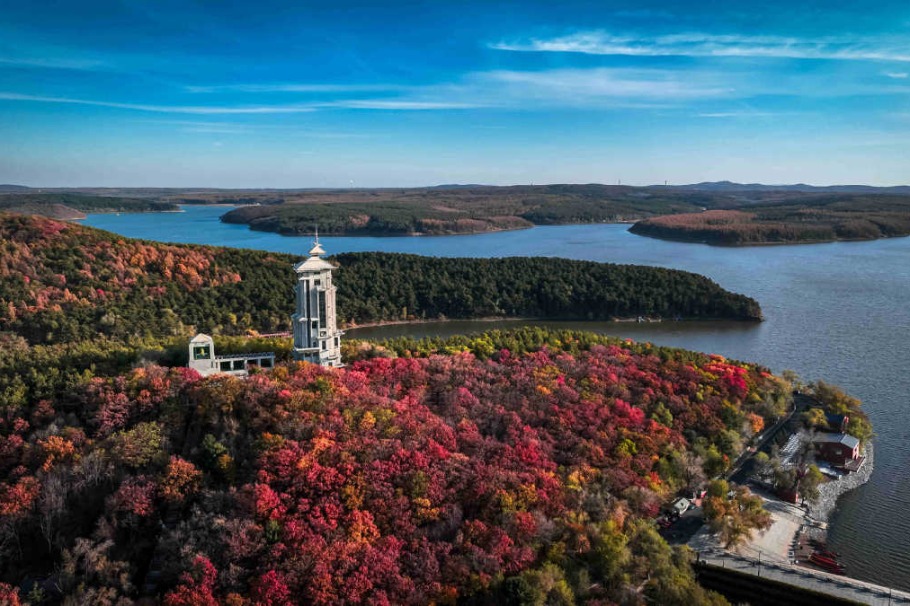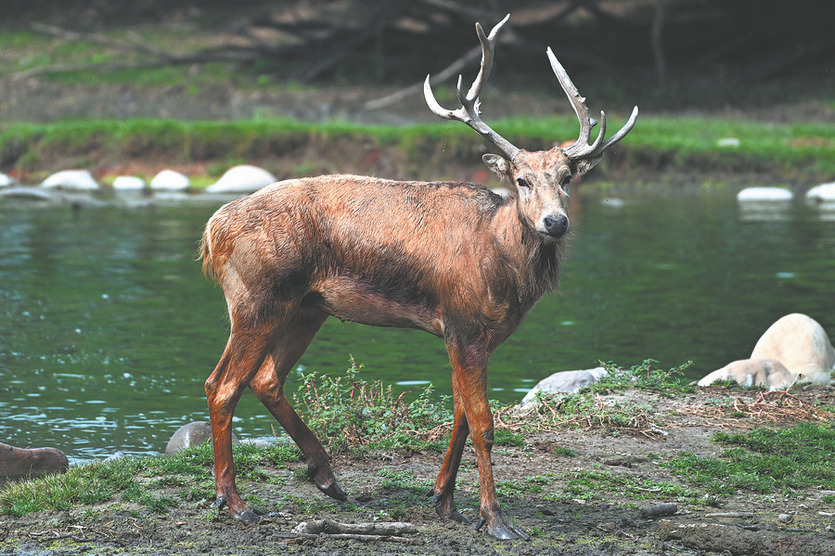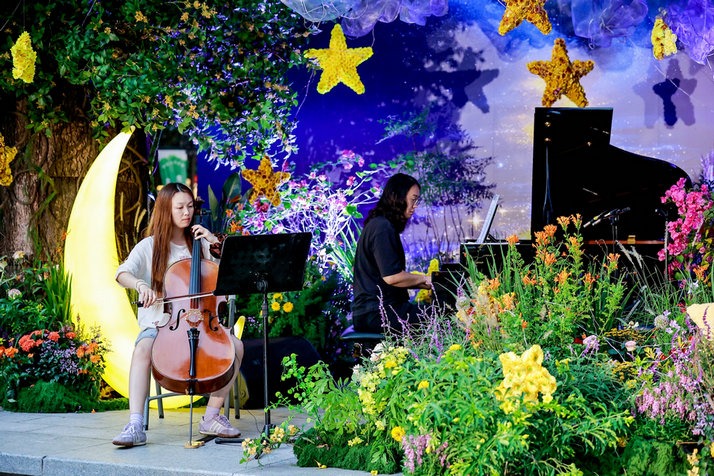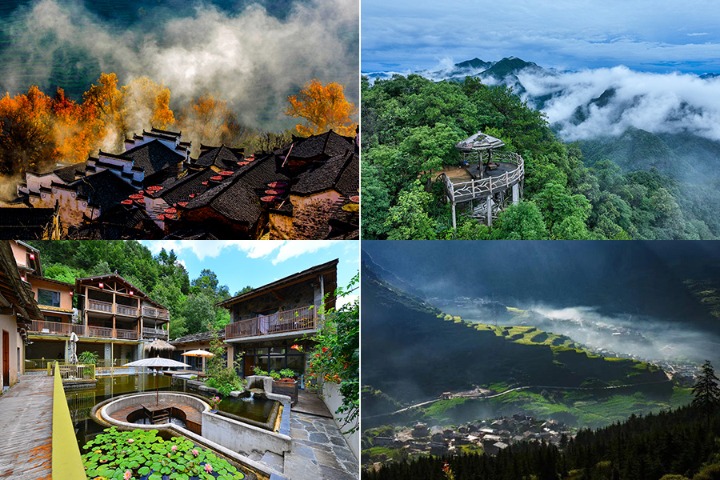A historic tea route flows across time

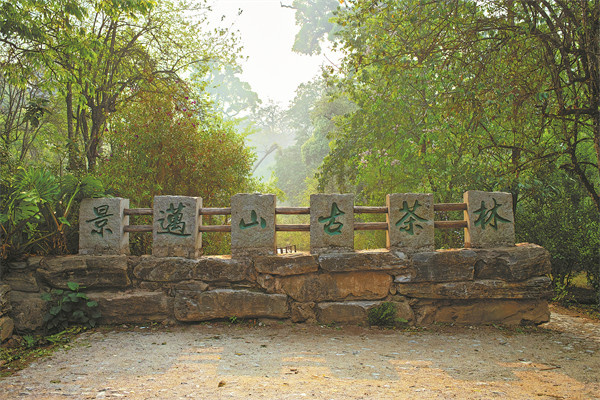
Lovely Lijiang
When I flew to my next destination, Lijiang, an important transit station on the Ancient Tea Horse Road, the highland scenery contrasted with Pu'er plantations in the south, painting a vivid picture of two distinct seasons.
Lijiang is renowned for its location at the foot of Jade Dragon Snow Mountain. I woke up early, eager to catch a glimpse of the majestic snowcapped peak.
I took a 35-minute tourist train from Lijiang ancient town to the iconic alp. It afforded panoramic vistas that allowed me to enjoy snowcapped peaks from different angles, along with views of crystal waters and sheer canyons.
Taking the cable car to Glacier Park, I reached an altitude of 4,506 meters. From there, I climbed up to 4,680 meters. The white apex was dazzlingly bright in the sunlight. Then, the weather changed in mere minutes, shrouding the summit in clouds and mist, so it appeared and disappeared like a veiled goddess.
Despite the difficulty of breathing at such high altitudes, the snowcaps are even more breathtaking.
Climbing up the wooden steps and listening closely, it almost felt like I could hear the glacier breathing. Researchers are currently working on glacier protection here.
A brief stop in Lijiang ultimately led to the final destination: Shangri-La, a place often referred to as "paradise on Earth" and also an important hub on the Ancient Tea Horse Road. Tea was transported from there to Tibetan areas.
At an altitude of over 3,200 meters, Shangri-La boasts snowcapped mountains, pristine lakes and great valleys. It's as beautiful as a postcard. I can no longer find the words to describe its breathtaking beauty.
I took a one-hour train ride to Shangri-La, and as soon as I stepped out of the station, I was captivated by the traditional Tibetan-style architecture, reminding me that I was entering the ethnic Tibetan area. I spent the entire afternoon leisurely exploring Dukezong ancient town, which dates back more than 1,300 years.
The ancient town bears traces of the past, when mule caravans traded and interacted with locals. Various horse-trading shops, inns that accommodated people and their horses, and stores selling fodder and horse gear lined the narrow cobblestone streets.
Today, these old Tibetan-style buildings stand as witnesses to the once thriving and bustling scenes of the past.
















